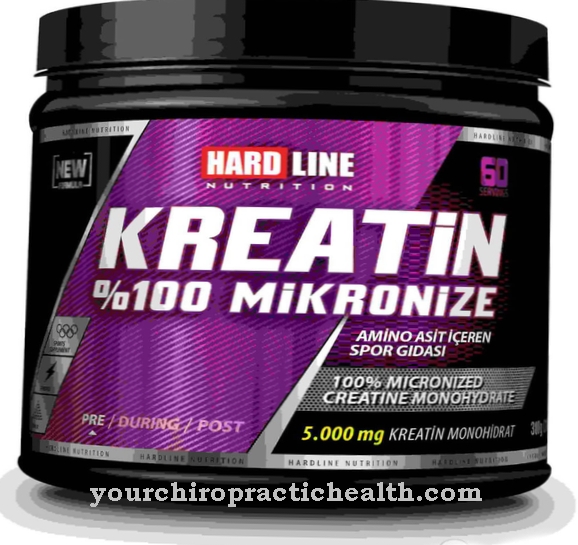Occurrence & cultivation of Lapacho

The lapacho tree sheds its leaves and flowers from May to August. Its distribution areas are the primeval forests of South and Central America. It has a long tradition there, because the Incas were already familiar with the beneficial effects of its bark. Centuries ago they made medicinal teas from its bark. The lapacho tree was also called the tree of life by them because of its healing powers.
Effect & application
The bark of Lapacho contains many valuable ingredients that have a positive effect on health. That is why the Incas used the watery extracts of the bark to make medicinal and pleasure teas. The Indians of Paraguay, Bolivia and Peru later adopted this tradition. The bark contains, among other things, many minerals such as calcium, potassium and iron, and trace elements such as iodine, boron, barium or strontium.
It also contains the active ingredients lapachol and lapachone from the group of naphthoquinone compounds, which have an antibiotic effect. Benzofurans, anthraquinones, flavonoids, coumarins, saponins or iridoid glycosides are found as further ingredients. Due to the combination of naphthoquinone compounds with other ingredients in Lapacho, it has a strong antibacterial effect.
Its action against the gastric bacterium Helicobacter pylori and the bacteria Staphylococcus aureus, Staphylococcus pneumoniae or Klebsiella has been proven. The same applies to its antifungal effect against the fungi Candida albicans or Aspergillus fumigatus and Cryptococcus neoformans. Lapachon can also inhibit inflammatory reactions in the body.
Various other naphthoquinone compounds from Lapacho also prevent the growth of parasites. Lapachon also has an antiviral effect against herpes viruses and various carcinogenic retroviruses. All of these active ingredients come into their own in the medicinal tea, which is extracted from the bark of Lapacho. Due to its ingredients, the tea has an earthy, slightly sweet taste with a hint of vanilla. In addition to the medicinal tea, there are several dosage forms for Lapacho.
It is also offered in the form of capsules, drops or ampoules of various concentrations. It is also used in creams and body lotions. There are also preparations that contain the powdered bark in capsules. To make the tea, two teaspoons of bark are boiled in one liter of water for five minutes and then left to steep for a quarter of an hour. The tea must not be stored in aluminum containers because a little aluminum can dissolve in the tea due to the slightly low pH value. Up to one liter of tea can be drunk per day.
After six weeks, a break of around four weeks is recommended before the tea can be enjoyed again. Lapacho tea can also be used externally in the form of washes, baths or compresses soaked in tea. There are no time limits for these applications. However, care should be taken not to apply the tea to wounds that are too large. All products made from Lapacho should be kept dry, away from sources of heat and protected from light.
Importance for health, treatment & prevention
For the Inca, lapacho was a universal remedy. Even today, many natives of South America still use it to ward off many diseases. In North America, it has even become a fashion cure. However, Lapacho is largely unknown in Europe. Opinions on the effects of Lapacho differ. Some call it a real miracle cure. The tea is said to even cure cancer. Others consider the effect as a pure placebo.
The effectiveness of many of the ingredients in Lapachos has been scientifically proven. However, it depends on how high the concentration is. It has been proven that the ingredient lapachol attacks cancer-causing retroviruses. In order to have an effect, however, 1.5 grams of this substance would be necessary. In the Lapacho their concentration is much lower. In addition, application with this high concentration would not be considered due to negative side effects. However, it is undisputed that Lapacho otherwise has a broad spectrum of activity.
It has an antibiotic effect against bacteria and fungi. Furthermore, the effectiveness against parasites was proven. It is also used against malaria in folk medicine. There is also the assumption that Lapacho inhibits the development of sleeping sickness and schistosomiasis. It is also known that the active ingredient lapachol is effective against herpes viruses and various animal viruses.
Lapachon also has an anti-inflammatory effect. Due to the healing properties of many of the ingredients in Lapacho, it is used for colds, malaria, digestive problems, herpes, psoriasis, shingles or for wound healing. In addition to the antibiotic effect, it has anti-inflammatory, toning, pain relieving, antihypertensive, diuretic, sweating and calming effects. With moderate use of Lapacho, it can contribute to a preventive effect against various diseases due to the strengthening of the immune system.

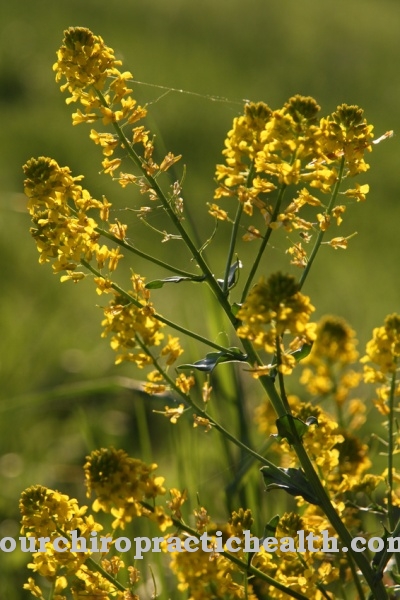
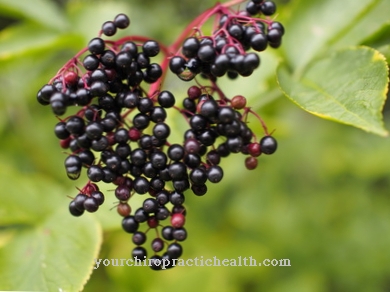
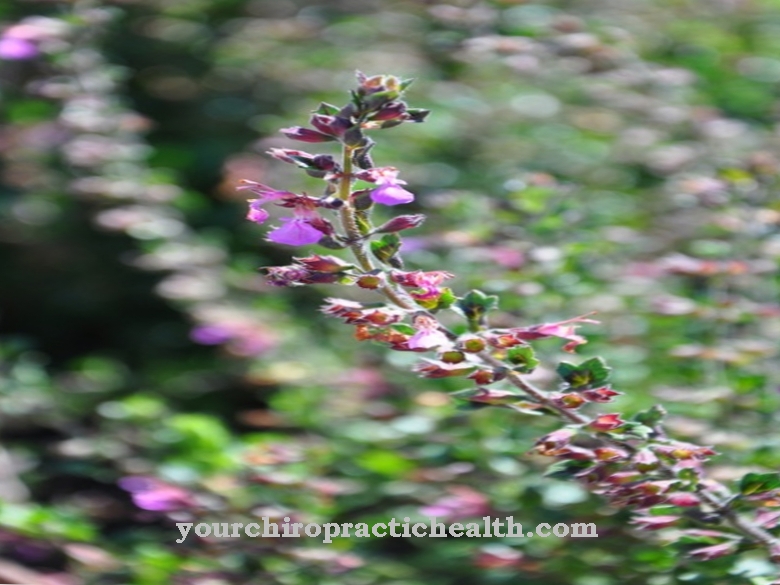
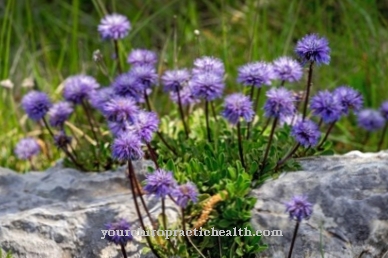
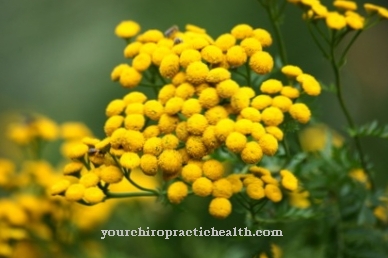
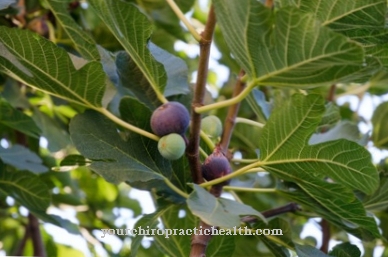

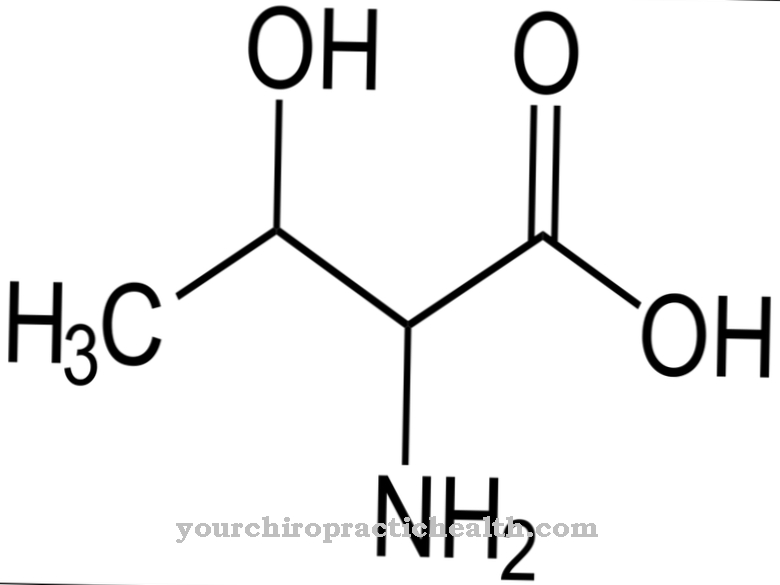
.jpg)





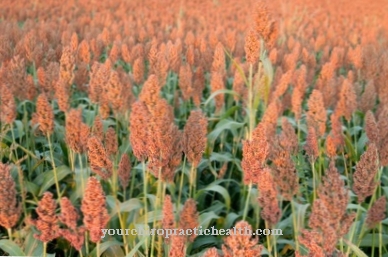







.jpg)



.jpg)
